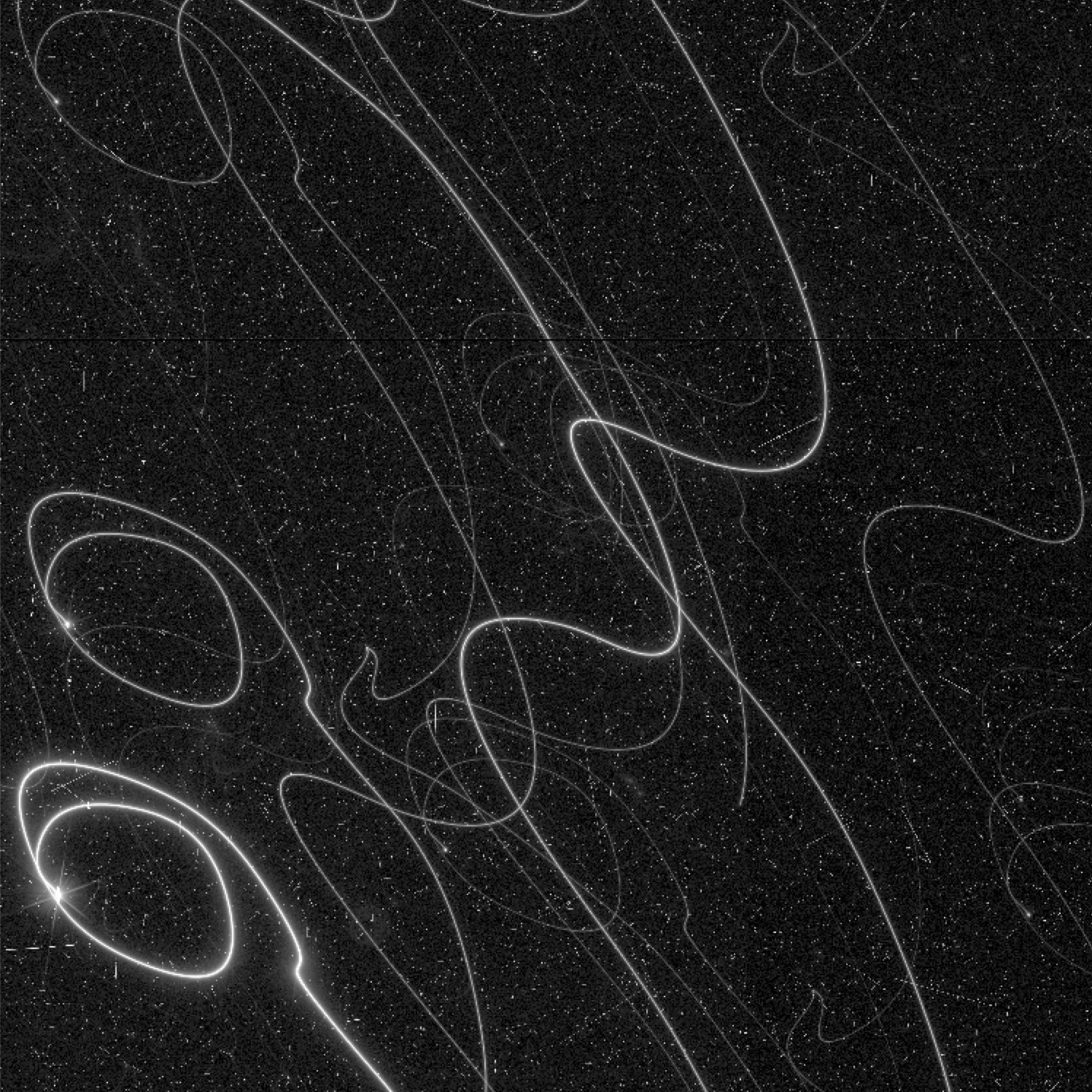Space telescopes don’t automatically know where they are pointing. They use guide stars to know which bit of the sky they are looking at. ESA’s Euclid was launched earlier this summer, and during its commissioning phase, the mission team realized that there were some glitches when it came to its positioning.
The space observatory’s Fine Guidance Sensor had an occasional malfunction. Part of this was due to the charged particles released from the Sun. This is a continuous stream, but the Sun is going towards its maximum, so there are a lot more protons around. There is also occasional stray sunlight, and X-rays also don’t help.
The result was that during observations, Euclid would reposition itself, creating loopy trails of stars as it moved about. The resulting images are certainly very pretty but would not have much scientific value. So the mission team worked on how to fix it, creating a software patch, first tested on an earthly-bound model and then for 10 days on the real one.

The Euclid loopy star trails in all their glories.
Image Credit: ESA / Euclid Consortium / TAS-I,
“Our industrial partners – Thales Alenia Space and Leonardo – went back to the drawing board and revised the way the Fine Guidance Sensor identifies stars. After a major effort and in record time, we were provided with new on-board software to be installed on the spacecraft,” Micha Schmidt, Euclid Spacecraft Operations Manager said in a statement.
“We carefully tested the software update step by step under real flight conditions, with realistic input from the Science Operations Centre for observation targets, and finally the go-ahead was given to re-start the Performance Verification phase.”
“The performance verification phase that was interrupted in August has now fully restarted and all the observations are carried out correctly. This phase will last until late November, but we are confident that the mission performance will prove to be outstanding and the regular scientific survey observations can start thereafter,” Giuseppe Racca, Euclid Project Manager added.
Euclid is designed to observe about one-third of the sky looking back 10 billion years. The goal is to study the physics of the early Universe and how cosmic structures came to be. It will measure the shape of a huge number of galaxies and their distribution. This data will help astronomers understand better what dark energy and dark matter are. These two hypothetical substances are the cornerstone of our cosmological models and, if they exist, shape the evolution of structures in the universe.
To deliver on those objectives, Euclid is observing billions of objects with incredible accuracy. It will change focus every 75 minutes. For its six-year mission, it means that it will point (and so it needs guidance) over 40,000 times.
Source Link: Dark Universe Observatory’s Troubles Created Some Pretty Cool Space Art